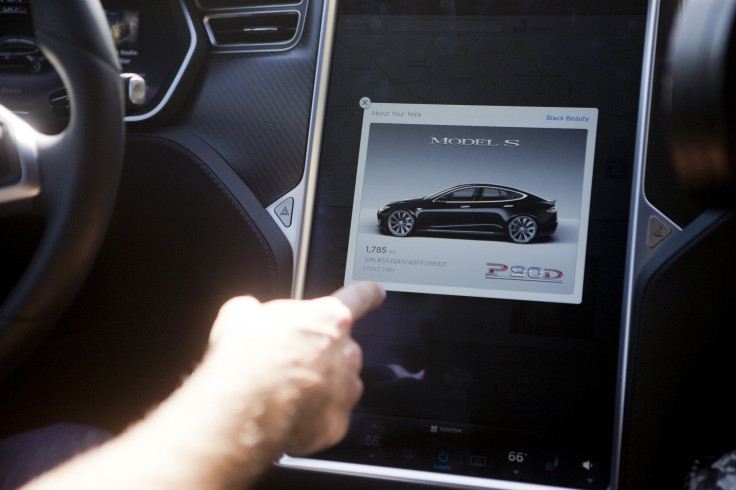Tesla Motors (TSLA), Mobileye Breakup Not Over Autopilot Safety, Elon Musk’s Company Says

Tesla Motors Inc.’s Autopilot has been in the news a lot of late, and not only because of the vehicles crashes involving (or not) the self-driving system or updates to it that would have prevented at least some of those crashes. On Wednesday, Tesla’s erstwhile partner in its Autopilot development, Israeli chipmaker Mobileye, said it had decided to split with the Elon Musk-owned company because of concerns over Autopilot, with Tesla “pushing the envelope in terms of safety.”
Speaking to Reuters, Mobileye Chairman Amnon Shashua said of Autopilot: “It is not designed to cover all possible crash situations in a safe manner. ... No matter how you spin it, [Autopilot] is not designed for that. It is a driver assistance system and not a driverless system.”
In response, a Tesla spokeswoman had initially said the company never advertised its Autopilot as a self-driving technology or its cars as autonomous vehicles.
“We’ve continuously educated customers on the use of the features, reminding them that they’re responsible to keep their hands on the wheel and remain alert and present when using Autopilot,” she said.
Musk had even expressed concerns over drivers doing “crazy things” after seeing videos of drivers taking their hands off the steering for several minutes at a time while driving on highways.
However, on Thursday, Tesla went a step further and hinted that the split between the companies was a result of jealousy on the part of Mobileye, rather than safety concerns. A spokeswoman told Los Angeles Times that when Mobileye discovered Tesla was developing its own video-processing system, it tried to “force Tesla to discontinue this development, pay them more, and use their products in future hardware.”
When Tesla refused to comply, the spokeswoman said, the Israeli company “discontinued hardware support for future platforms and released public statements implying that this discontinuance was motivated by safety concerns.”
Mobileye stuck to its stance, however. Its chief communications officer, Dan Galves, said: “The reasons stated for the breakup are absolutely primarily the reason the relationship ended. Were there commercial issues going on at the time? Yes, but those probably shouldn’t be discussed publicly.”
The rift between the two companies has been relatively public since it began in late July. Soon after the split was announced — by Mobileye — Musk said their parting ways was “inevitable” since the vision system supplier was unable to keep pace with the product changes Tesla was making.
Musk announced an update to Autopilot on Sunday, which shifts the bulk of its on-road data gathering to radars instead of cameras, a move he says will make the system safer and would likely prevent some of the crashes the Tesla Model S has been involved in recent months.
Meanwhile, according to reports in Chinese media, the first fatal crash involving a Tesla Model S was not the one in Florida in May. Instead, the incident, caught on the vehicle’s dashcam, took place somewhere in the Hong Kong and Macau jurisdiction in China, all the way back in January.
Mobileye is now working with BMW and Intel on another self-driving car, an announcement that predates its split with Tesla.
© Copyright IBTimes 2024. All rights reserved.





















